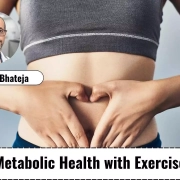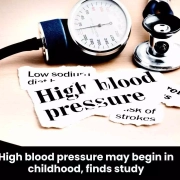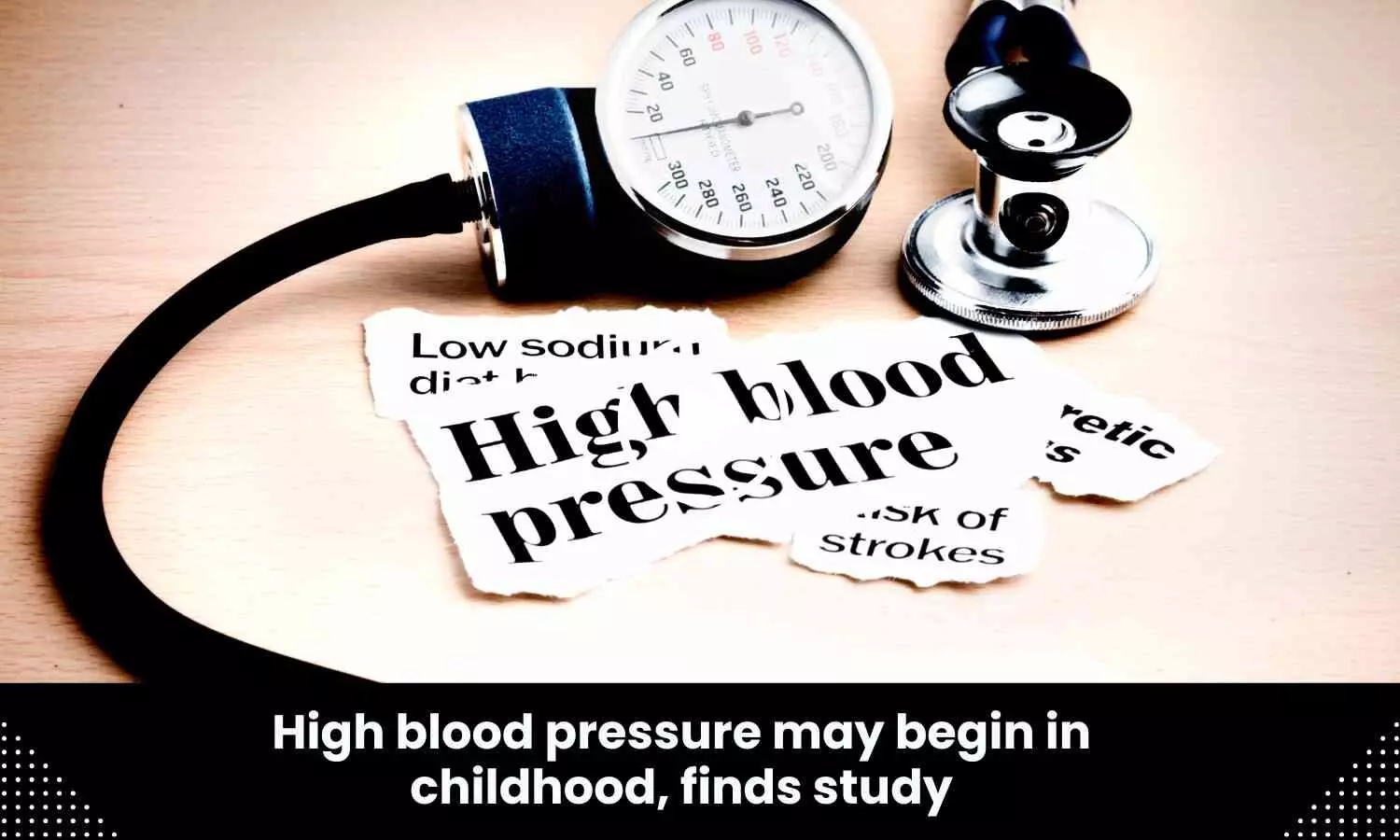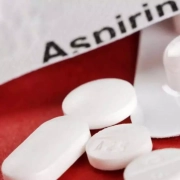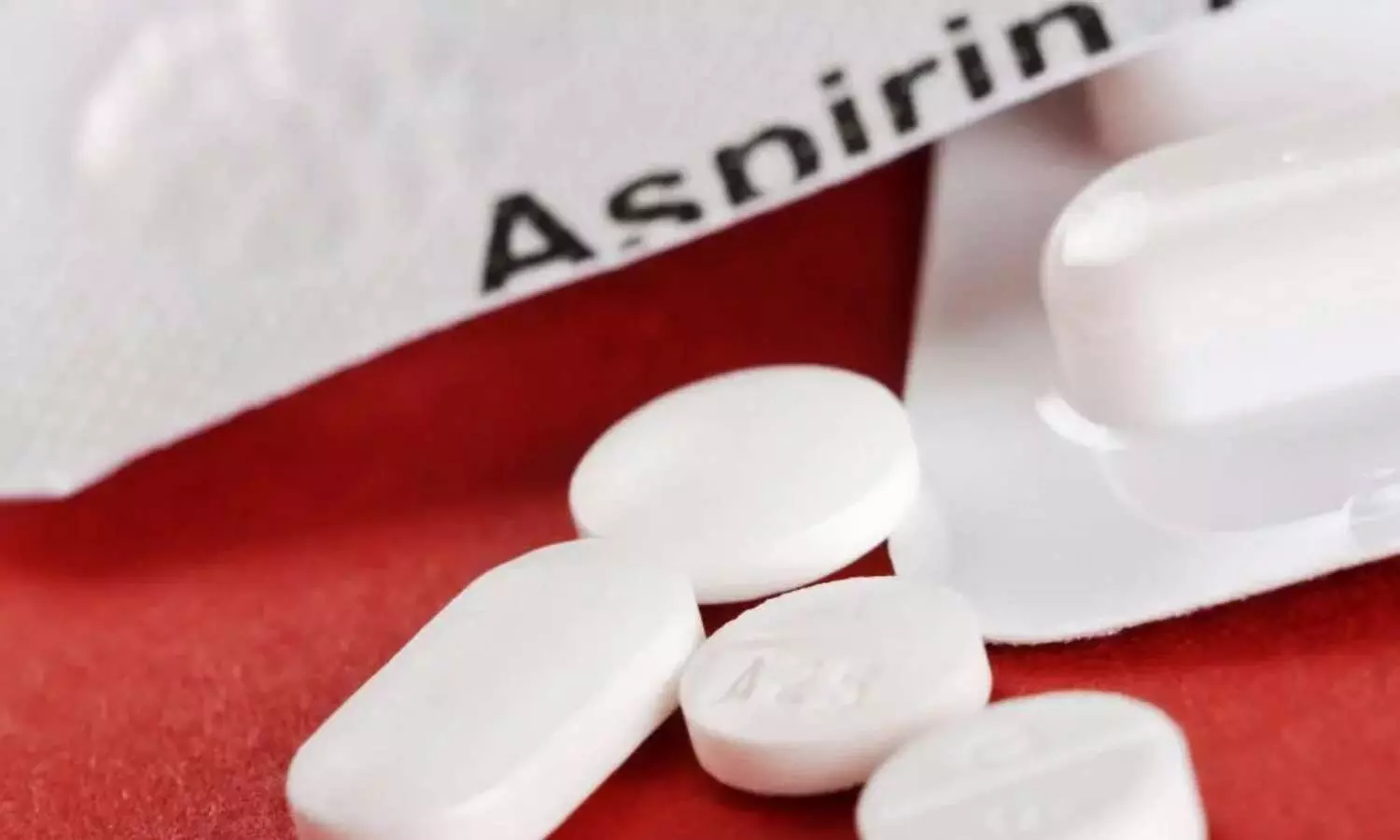How to Elevate Metabolic Health with Exercise Snacks? – Dr Arvind Bhateja
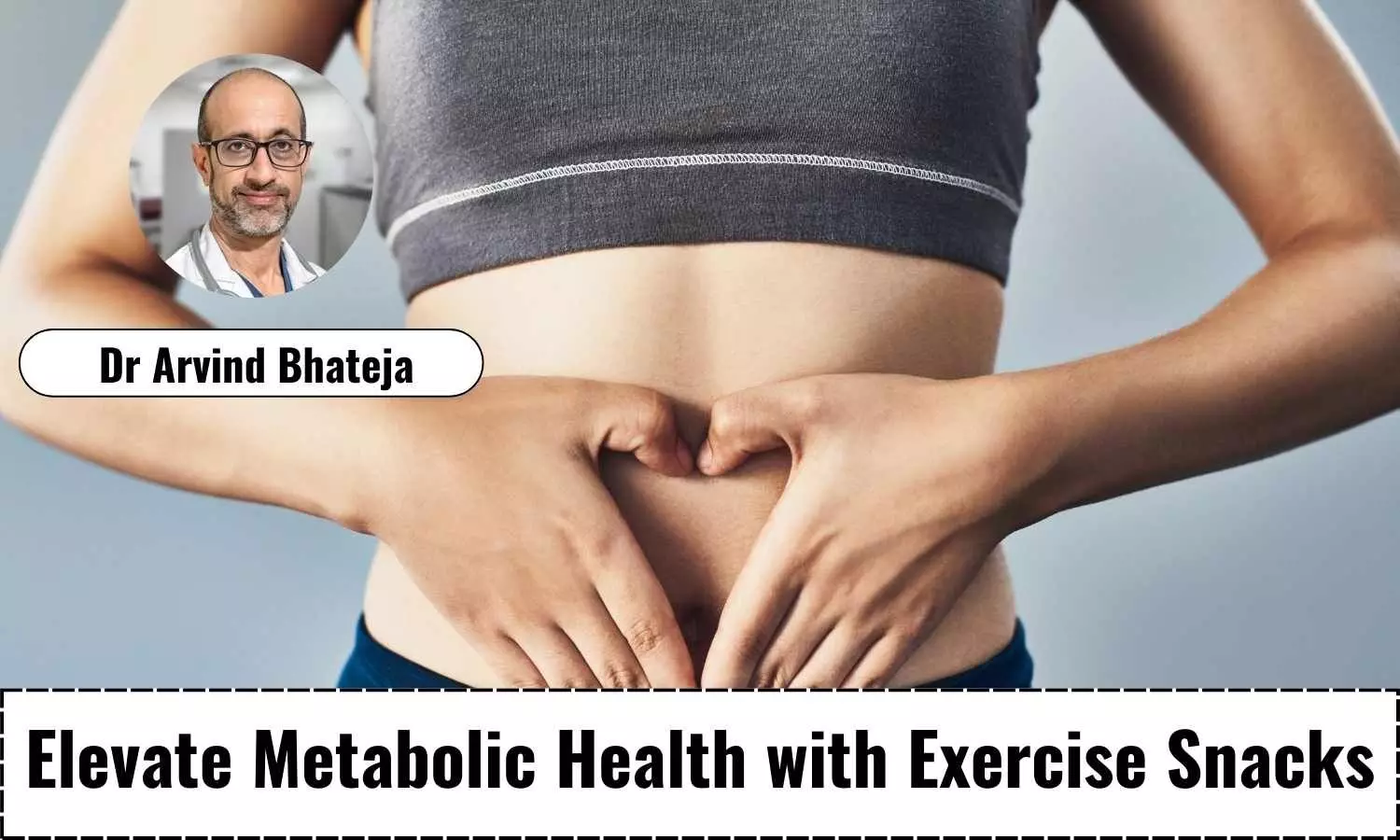
In the hustle and bustle of our daily lives, finding time for a full workout can be challenging. However, there’s good news for those who crave a healthier lifestyle without sacrificing precious time – the exercise snack. These bite-sized bursts of activity might be the secret ingredient to enhancing your metabolic health says Dr. Arvind Bhateja.
Why Vigorous Physical Activity Matters?
In the pursuit of good metabolic health, vigorous physical activity stands out as a powerful ally. The key lies in its ability to kick-start your metabolism, prompting the body to burn calories more efficiently. As we engage in these short, intense bursts of movement, our muscles demand increased energy, leading to a cascade of metabolic reactions that ultimately contribute to improved overall health.
The Art of the Exercise Snack
Unlike traditional workouts that demand dedicated time slots, exercise snacks are mini-sessions designed to seamlessly fit into your daily routine. Whether it’s a quick sprint up the stairs, a brisk walk around the block, or a series of jumping jacks during a work break, these micro-workouts can be tailored to your schedule.
The beauty of exercise snacks lies in their flexibility. No need for elaborate equipment or a gym membership – just a willingness to move. Incorporating these bite-sized sessions into your routine ensures that even the busiest individuals can prioritize their health without feeling overwhelmed.
Fueling Fat Oxidation and Mastering Glucose Control
One of the remarkable benefits of exercise snacks is their impact on fat oxidation and glucose control. The brief but intense nature of these bursts challenges the body to tap into its fat stores for energy, promoting fat metabolism. This, in turn, contributes to weight management and a leaner physique.
Moreover, regular bouts of vigorous activity enhance insulin sensitivity, helping regulate blood sugar levels. For those concerned about diabetes or simply aiming to maintain stable energy throughout the day, exercise snacks provide a natural and accessible solution.
Incorporating Exercise Snacks into Your Lifestyle
Now that the benefits are clear, the next step is to seamlessly integrate exercise snacks into your daily life. Consider taking the stairs instead of the elevator, opting for a brisk walk during lunch, or engaging in a quick set of bodyweight exercises at home. The key is to find opportunities throughout the day to move and elevate your heart rate.
Remember, consistency is key. Aim for at least three to five exercise snacks per day, ensuring that they become a natural part of your routine. Over time, these small efforts add up to significant improvements in metabolic health, leaving you feeling energized and revitalized.
The exercise snack is not just a fleeting trend but a practical and effective approach to achieving good metabolic health. By embracing these bite-sized bursts of activity, you can seamlessly infuse vitality into your daily routine, promoting fat oxidation, optimizing glucose control, and ultimately crafting a lifestyle that prioritizes your well-being.
So, lace up those sneakers and start snacking your way to a healthier, more vibrant you!
Disclaimer: The views expressed in this article are of the author and not of Medical Dialogues. The Editorial/Content team of Medical Dialogues has not contributed to the writing/editing/packaging of this article.
Powered by WPeMatico

